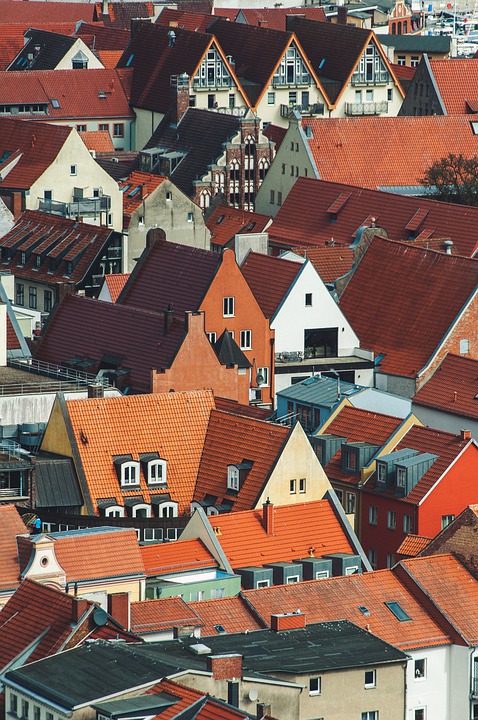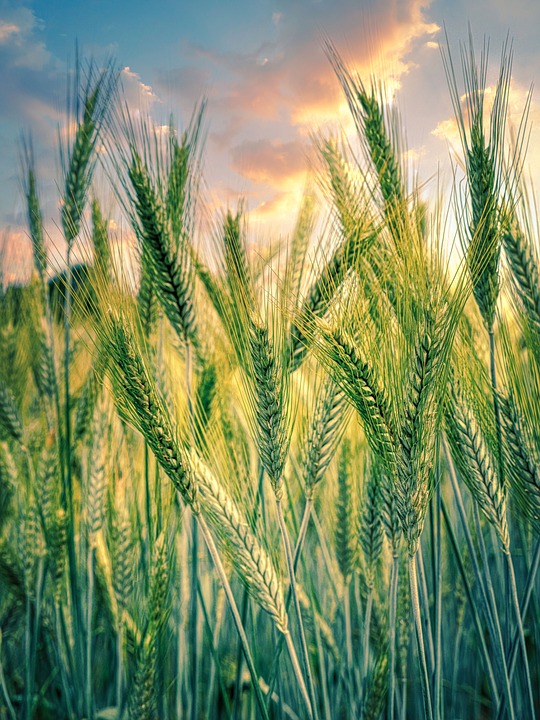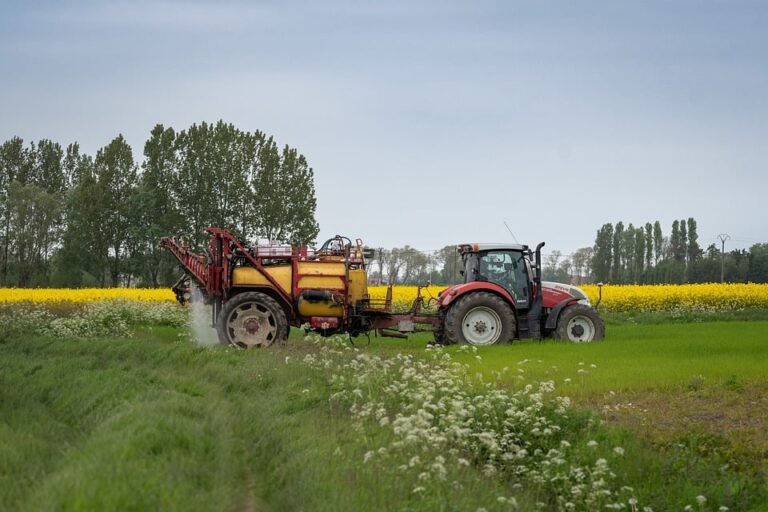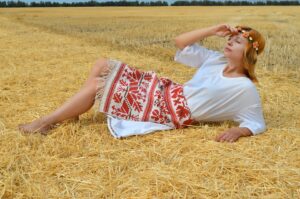Tales from the Past: Stories of Everyday Life in Russian Small Villages
Russia has a long and rich history, with many fascinating stories that have been passed down through the generations. One of the most interesting aspects of this history is the tales of everyday life in small villages. These stories provide a glimpse into the lives of ordinary people in rural Russia, and offer a window into a world that is vastly different from our own. In this article, we will explore some of these stories and the insights they provide into the daily lives of Russian villagers.
Life in a Russian Village
Life in a Russian village was often harsh and challenging, especially in the days before modern conveniences. Villagers lived in small wooden houses, usually with thatched roofs, and relied on agriculture and livestock for their livelihood. They grew their own food, raised animals for meat and milk, and made their own clothing and household items.
One common feature of Russian village life was the communal oven, where villagers would come together to bake their bread. This was not only a practical necessity, as most villagers did not have their own ovens, but also a social event where neighbors could gather and catch up on the latest news.
The Role of Women
Women played a central role in Russian village life, responsible for cooking, cleaning, and caring for children and animals. They also often worked in the fields alongside their husbands, planting and harvesting crops. Despite their many responsibilities, however, women in Russian villages were also known for their resourcefulness and creativity.
One story tells of a young woman who was skilled in the art of embroidery. She would use brightly colored threads to create intricate designs on clothing and household items, which she would then sell or trade in the village market. Her talent not only brought in extra income for her family, but also earned her a reputation as a skilled artisan.
Village Celebrations and Traditions
Despite the challenges of daily life, Russian villagers also knew how to have fun and celebrate. One popular tradition was the village festival, where villagers would come together to enjoy music, dancing, and traditional food and drink. These festivals were a time of joy and revelry, and provided a welcome break from the monotony of daily chores.
Another important tradition in Russian villages was the celebration of religious holidays. Villagers would gather in the local church to attend services, pray, and partake in communal meals. These holidays were not only a time of spiritual reflection, but also an opportunity for villagers to come together as a community and strengthen their bonds with one another.
Superstitions and Folklore
Like many cultures, Russian villages were steeped in superstitions and folklore. Villagers believed in the power of magic and the supernatural, and many rituals and customs were performed to ward off evil spirits and bring good luck. One common belief was that certain objects, such as horseshoes or garlic, could protect against curses and hexes.
There were also many stories of mythical creatures that inhabited the forests and fields surrounding the villages. These creatures were said to be both fearsome and benevolent, and villagers would often leave offerings of food and drink to appease them. These tales added an element of mystery and enchantment to everyday life in the village.
The Changing Times
Over time, the traditional way of life in Russian villages began to change. Industrialization and urbanization brought new opportunities and challenges, and many villagers left their rural homes in search of better jobs and a higher standard of living. As a result, the once-thriving communities began to shrink, and the old ways of life slowly faded away.
Today, the Russian countryside is a mix of old and new, with traditional villages coexisting alongside modern developments. Many of the old customs and traditions are still observed, but they are often adapted to fit the demands of the modern world. Despite these changes, however, the stories of everyday life in Russian villages continue to be passed down through the generations, preserving a rich and colorful history for future generations to enjoy.
In Conclusion
The tales of everyday life in Russian small villages provide a fascinating glimpse into a world that is vastly different from our own. These stories offer insights into the daily lives of ordinary people in rural Russia, and shed light on the challenges and joys of village life. From communal ovens to village festivals, these tales capture the spirit of a bygone era and showcase the resilience and creativity of the Russian people. As we look back on these stories, we can gain a deeper appreciation for the history and culture of this unique and diverse country.





